CIMS 4.0: What’s New?
Keeping software up to date is important for retaining functionality and improving the user experience. The CIMS team is dedicated to developing cemetery management solutions designed to meet the challenges faced by modern cemeteries, backed by the latest technologies. That’s why we’ve rewritten the entire CIMS code base — over 1.2 million lines of code! This new update addresses several pain points and introduces a few new functions, all while retaining the cemetery management features our customers know and love. In addition, this update will make it easier for us to continue to improve the software in the future. All clients were migrated to the new version on December 12th.

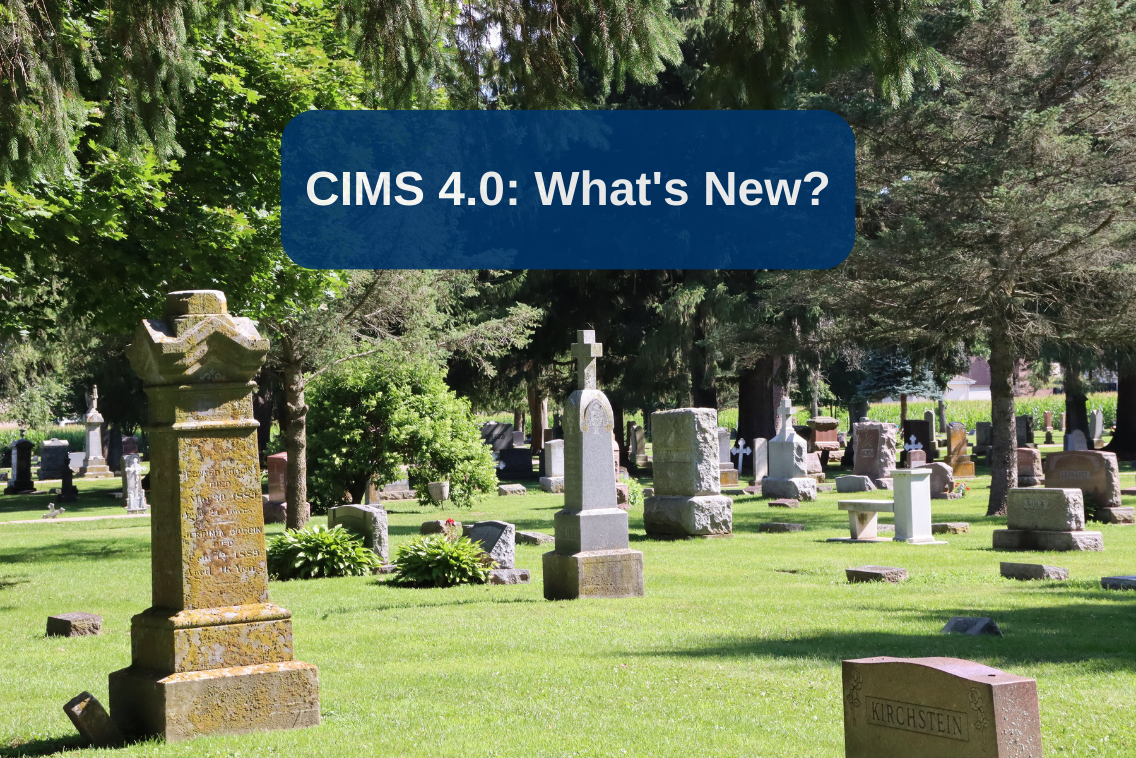

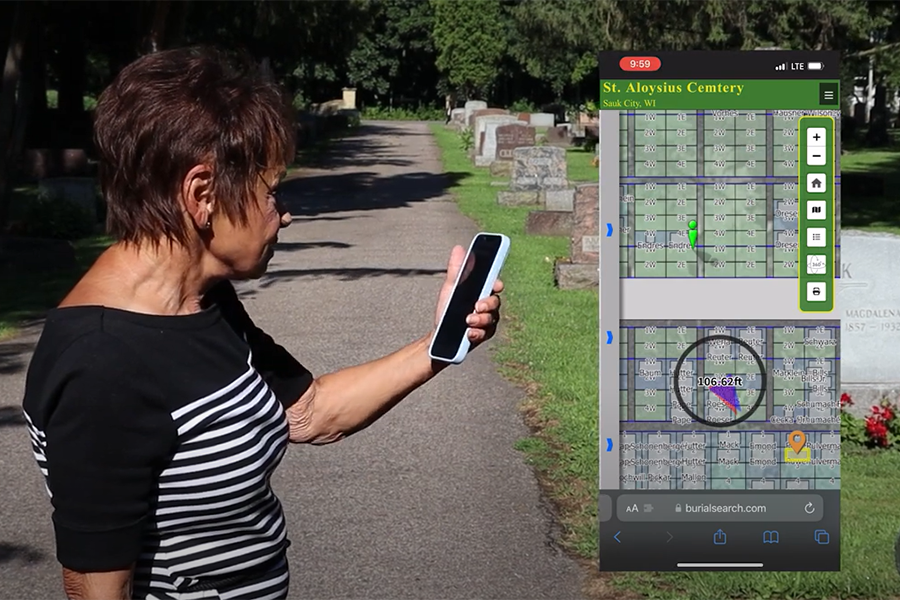
![A laptop and phone display the CIMS Light and CIMS Platinum interface, respectively. [Text] What's the difference between CIMS Light and CIMS Platinum? Read more.](https://blog.cimscemeterysoftware.com/hubfs/CIMS%20Blog%20Cover_Light%20vs%20Platinum-1.png)
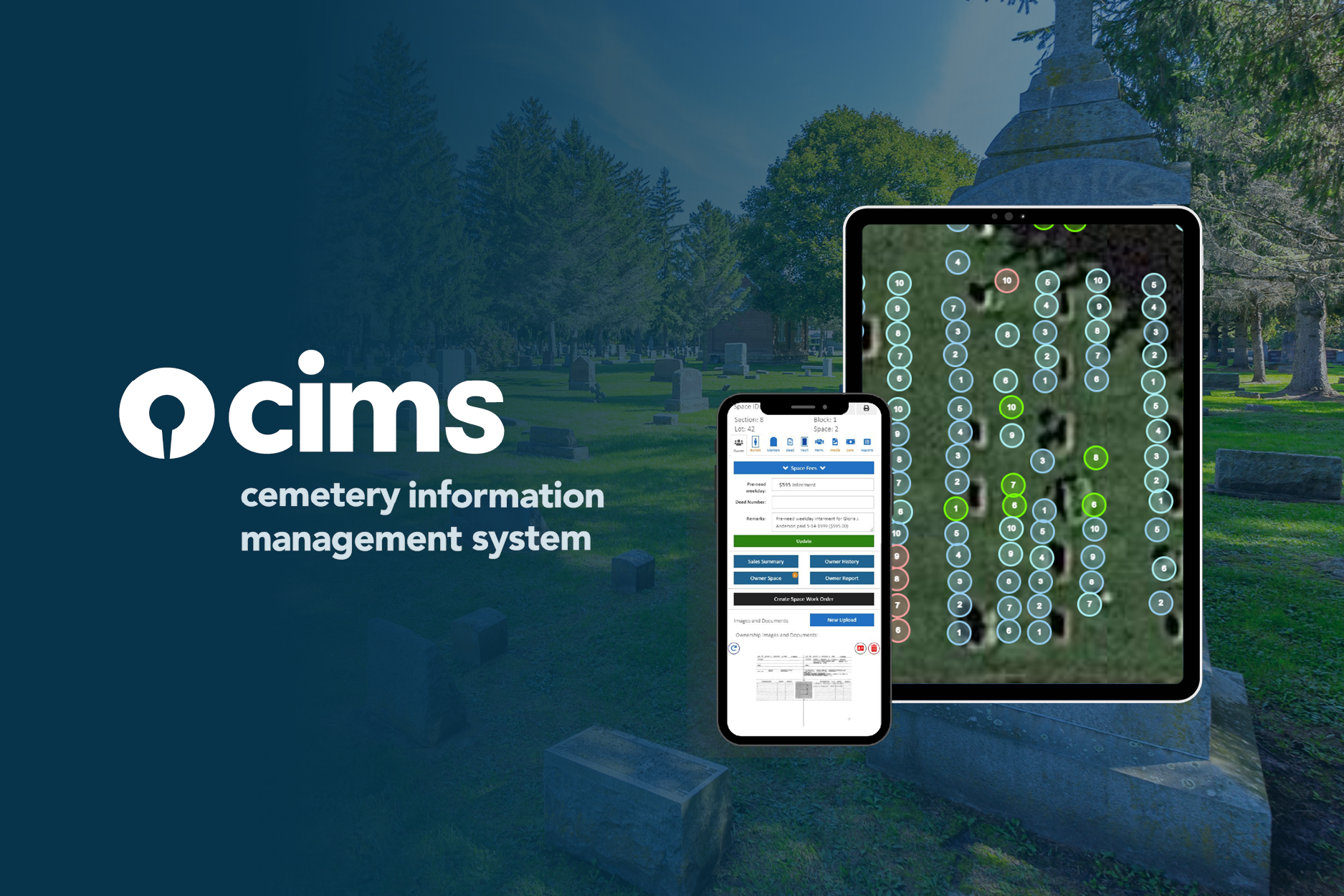
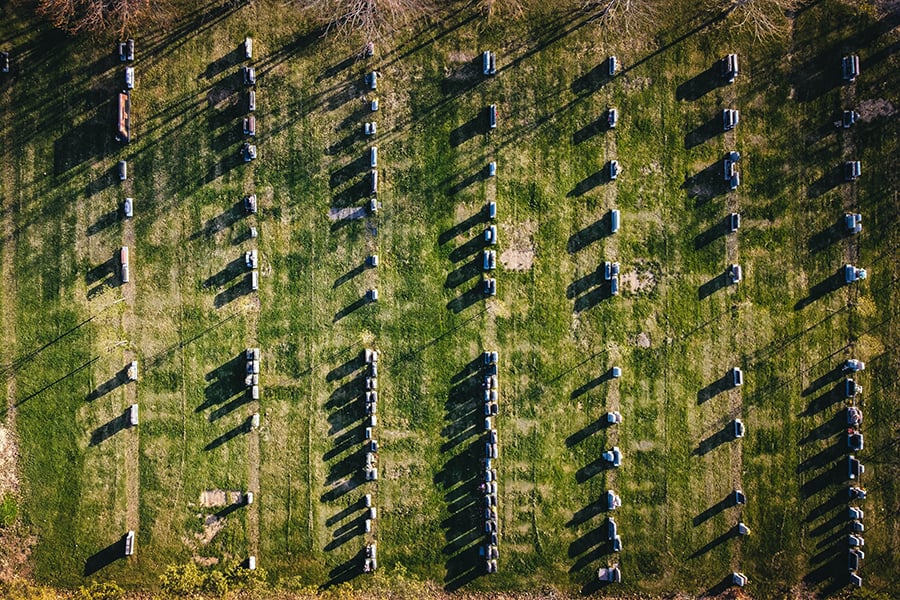
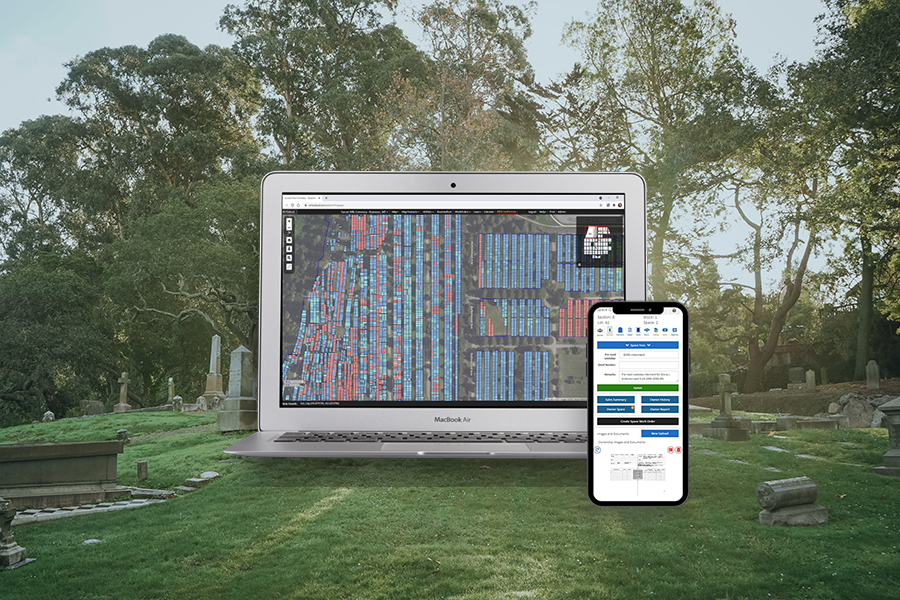


![[TEXT] Case Study: Mapping Software for Municipal Cemeteries [IMAGE] Crimson, blush, and yellow tulips adorn a wreath. The wreath rests against a cemetery monument.](https://blog.cimscemeterysoftware.com/hubfs/Sunset%20Hills%20Case%20Study%20Graphic.png)